100 Search Results for "chromatography and tlc" – Page 6

On-Off bike lights using arduino
https://benchfly.com/video/404/on-off-bike-lights-using-arduino/This is a project done for an introduction to electronics course. It's a really simple project combining a pushbutton, an arduino uno, and some LEDs. The project I meant to do in the first place was to use the LEDs as turn signals but I don't know how to program this ...yet. The main problems I have with programming are incorporating a second push button while making the LEDs blink. For now, this is something I can do successfully. However, I really want to branch off of this so any feedback is sooo very appreciated!!

A new approach to peer review for scientific publishing - how you can publish faster
https://benchfly.com/video/640/a-new-approach-to-peer-review-for-scientific-/What if authors could get an unbiased, independent, journal-quality peer review in one week? What if the score from that review could match papers to the best-fit journals for faster publication? Watch this video and explore the opportunities of independent peer review from Rubriq (www.rubriq.com).
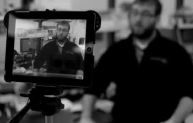
IPTG Stability- Solid and in Solution
https://benchfly.com/video/781/iptg-stability-solid-and-in-solution/IPTG stability varies depending on whether it's stored in solid form or in solution.

BaF3 Cell Proliferation Assay
https://benchfly.com/video/1535/baf3-cell-proliferation-assay/This is how we perform our standard BaF3 cell proliferation assay. Cells either express FGFR1C or FGFR2C and growth is monitored via 3H-thymidine uptake.
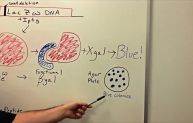
Blue-White Screening Explained
https://benchfly.com/video/1719/blue-white-screening-explained/Blue-white screening is a common molecular biology technique. In this whiteboard session, Patrick walks us through the science behind what creates a blue or white colony and how we can use this to screen bacterial colonies for desired plasmids.

What is Restriction Enzyme Star Activity?
https://benchfly.com/video/1539/what-is-restriction-enzyme-star-activity-/Not sure what star activity is or how it can affect your restriction enzyme DNA digests? Learn more as Rick discusses how various contaminants can increase the off-target cleavage that is a hallmark of star activity, and how NEB’s High-Fidelity (HF®) enzymes have been engineered to decrease star activity.
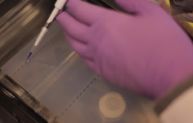
Standard Protocol for Restriction Enzyme Digests
https://benchfly.com/video/1541/standard-protocol-for-restriction-enzyme-dige/If you’re new to molecular biology, or just need a refresher on best practices for restriction enzyme digests, watch as Dave presents the standard protocol for DNA digestion with restriction enzymes. He include important, but often forgotten, tips for optimal results, including the importance of completely thawed and mixed buffers.
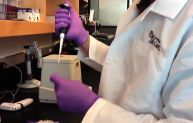
What Causes a Difficult Ligation Reaction
https://benchfly.com/video/1543/what-causes-a-difficult-ligation-reaction/If your DNA fragments have blunt ends or single-base overhangs, you’ll want to watch as Greg explains why they can be difficult to ligate, and how you can improve the outcomes of your ligation reactions. A few simple tips can help you to overcome the challenges posed by ligation of non-cohesive ends.
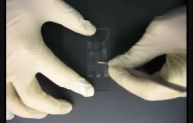
Preparing a Two Sample Flow Cell
https://benchfly.com/video/167/preparing-a-two-sample-flow-cell/This video illustrates how to make a double sample flow cell, where 2 microfluidics experiments can be run side-by-side. We use this setup typically in our DNA tethering experiments. The setup is composed of a slide, a cover slip, and double-sided tape.

How to Film a Scientific Video
https://benchfly.com/video/24/how-to-film-a-scientific-video/Learning to properly film a scientific video is an important skill for modern scientists. Recording laboratory techniques, protocols, and experiments will only become more prevalent as online tools continue to impact research. Here are a few suggestions to help get your film career underway!

